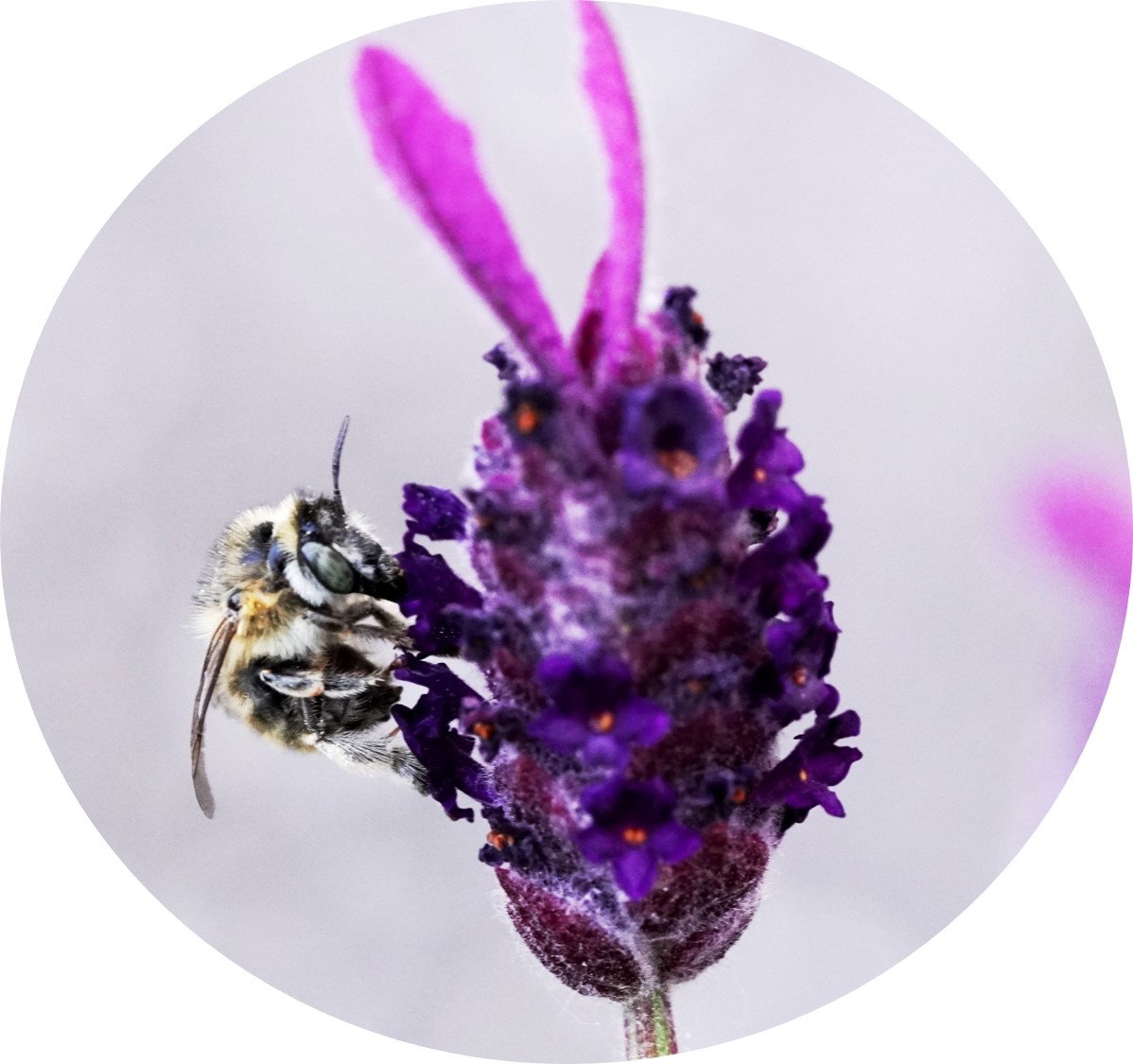Symbiosis is an overarching term in ecology that describes all forms of biological interactions between two or more species. It is derived from the Greek words ‘syn,’ meaning together, and ‘biosis,’ meaning living.
Symbiotic relationships can be broadly categorized into six different categories. These are mutualism, commensalism, neutralism, parasitism, amensalism, and competition. Let us have a closer look at each of these terms.
Mutualism is perhaps the most well-known form of symbiosis, describing associations between species from which all benefit. Examples include flower pollination by bees or seed dispersal by birds, where the plant benefits from pollen or seed transportation, while the bee or bird gains food in return. Similarly, the interaction between the shrimp and the little goby is an example of mutualism. The shrimp excels at digging but has poor eyesight, while the goby lacks digging abilities but possesses good eyesight. By dividing tasks, they both benefit: the goby provides warning signals to the shrimp, while the shrimp maintains the burrow for both of them.
Commensalism involves relationships between species in which only one benefits while the other is unaffected by the relationship. For instance, the moray eel hunts in small crevices and holes for prey. The grouper fish closely follow, attempting to snatch up any prey that escapes the moray eel.
Neutralism describes relationships between two species that interact but neither profit nor are harmed by the interaction. It is difficult to prove its existence scientifically, and it is so far unknown how common neutral relationships are in nature.
Parasitism, on the other hand, can be observed nearly everywhere in nature. It describes the relationship between species in which one has a clear benefit at the expense of another species. It includes many classical examples, such as this cuckoo species and its host. The Channel-billed Cuckoo lays its eggs in the nests of other species. The little cuckoos dispose of the host’s offspring and are fed by the parents instead—in this case, a Pied Currawong is being parasitized.
Amensalism is an ecological relationship where one organism is harmed or inhibited while the other is unaffected. In this example, the rhino is chasing away insects which are then eaten by the birds. The rhino has no benefit from its actions, while the insects are affected by predation—this is an amensalism relationship. The birds, however, benefit from the rhino’s actions, which is again a typical example of commensalism.
Competition involves interactions in which both species are negatively affected. Such interactions often revolve around competing for food, space, or other resources. Coral reefs provide a prime example, where various coral species compete for the best spots on the reef.
Symbiotic relationships are all around us. Check it out and enjoy observing nature!
